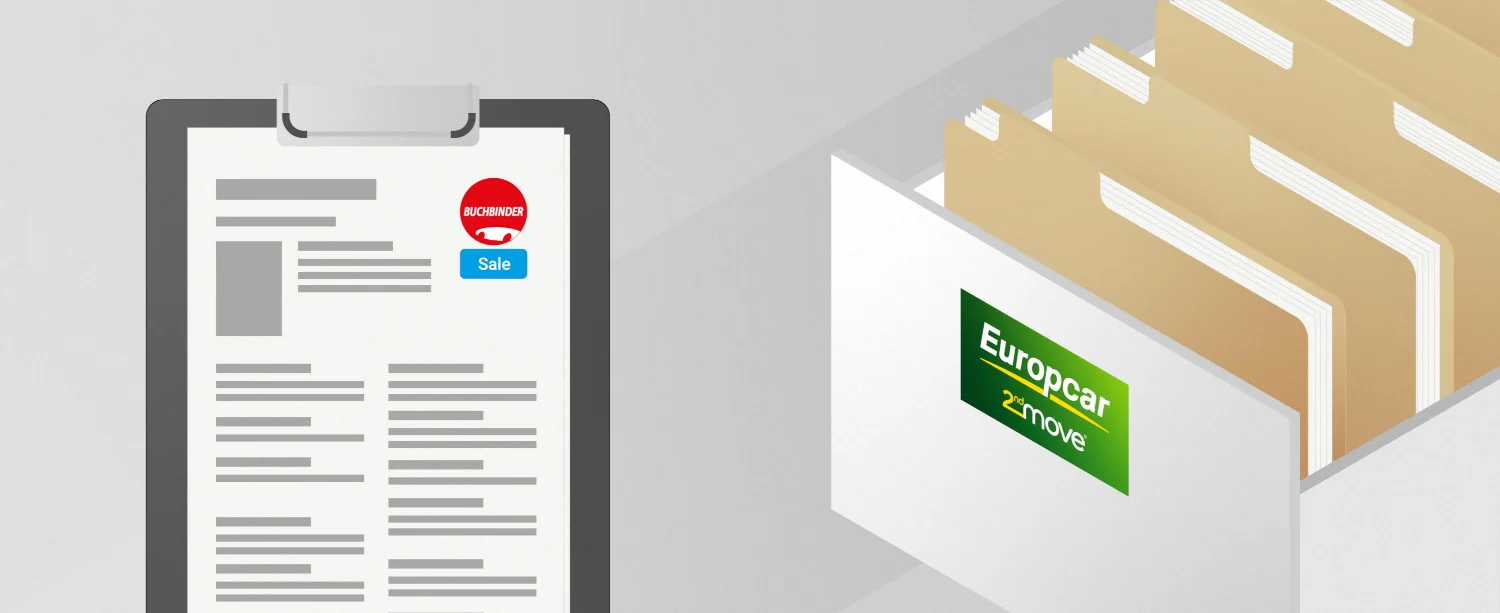On the way to greater climate protection in the transport of goods by road, various drive options are being discussed in order to reduce the CO2 balance. According to the federal climate protection goals, a third of the mileage in road freight transport should be driven by non-fossil drives by 2030. However, 93 percent of all light and heavy commercial vehicles are currently powered by diesel. This means that a lot needs to happen in this area in the next few years. You can still read a lot about electric trucks and the charcing structure required for them. But how far has hydrogen technology actually developed? Can it also help to make freight transport more climate-friendly?
With hydrogen-based propulsion, the hydrogen reacts with oxygen in a fuel cell and generates electrical power that drives the engine. Fuel cell technology is currently being tested in trucks and buses in larger cities. In most projects, a large fuel cell on board provides the electrical energy. For example, a pilot project with hydrogen buses has been running in Hamburg since 2019 and is funded by the Federal Ministry for Digital and Transport (BMDV).
Hydrogen funding by the state
The federal government has taken up the cause of expanding alternative drive options and commissioned the BMDV to develop an overall concept for climate-friendly commercial vehicles. The plan stipulates that the market ramp-up of commercial vehicles with climate-friendly alternative drives should be supported by the state as well as the development of the necessary charging infrastructure. Network consolidation, standardization and various tests are to be carried out for the hydrogen sector by 2026. The construction of the hydrogen supply and the operation of hydrogen filling stations on long-distance routes is scheduled to begin in 2027.
Is hydrogen really climate-friendly?
Since the use of hydrogen does not produce any exhaust gases, only water vapor, the fuel cell is considered a particularly climate-friendly alternative in freight transport. However, there is currently a lack of sufficient hydrogen to ensure that heavy-duty transport can switch to fuel cell technology. A representative of the State Energy Agency in Hesse confirms that hydrogen filling stations are currently still rare and that hydrogen has to be provided through imports or self-production.
Currently, hydrogen is largely produced using fossil energy production, as green hydrogen is still very expensive. An analysis by the Agency for Renewable Energy also confirms that if the system were operated in an ecologically sensible manner, the production costs would be far higher than the price of natural gas. This means that in order for hydrogen technology to become a truly climate-friendly drive option for widespread use, the hydrogen must be produced and stored in large quantities in a green manner - i.e. based on renewable energy such as wind power.
Another obstacle to switching to hydrogen-powered trucks is their price. Such a truck currently costs around 800,000 to one million euros, which is twice the cost of a diesel truck. Furthermore, the range of hydrogen trucks is shorter than diesel trucks. Depending on the model, it is around half.
Manufacturers present hydrogen trucks
The truck manufacturers' willingness to develop hydrogen vehicles cannot be denied. Hyundai has already launched a fleet of the H2 commercial vehicles called XCIENT Fuel Cell. Hyundai is also working on 350 bar fuel pumps, which promise short refueling times with large storage containers.
The US startup Nikola is also currently researching hydrogen trucks and has developed the first truck with a 700 bar tank. CEO Michael Lohscheller predicts a great future for fuel cell technology, as an H2 40-ton truck will be able to transport just as much payload as a diesel in the future and can even cover 300 to 400 kilometers more on one tank of fuel than a fully electric truck. In addition, refueling with hydrogen is quicker than more time-consuming e-charging.
AOutlook: The use of H2-powered trucks is an important component in moving away from fossil-fuel-powered freight transport. However, there is still a lot to do to achieve the 2030 goal of replacing 30 percent of freight transport with non-fossil powered trucks. The ball is currently in the BMDV’s court to create the conditions for this.
Further information: National Hydrogen Strategy
 To register, you will be redirected to the Europcar 2ndMove website. After registering, you can log in to Buchbinder-Sale.de.
Next
To register, you will be redirected to the Europcar 2ndMove website. After registering, you can log in to Buchbinder-Sale.de.
Next
 To register, you will be redirected to the Europcar 2ndMove website. After registering, you can log in to Buchbinder-Sale.de.
Next
To register, you will be redirected to the Europcar 2ndMove website. After registering, you can log in to Buchbinder-Sale.de.
Next






 Registration
Registration  Login
Login All vehicles
All vehicles  Direct Sale
Direct Sale
 Auctions
Auctions
 Service
Service
 Company
Company
 My Area
My Area 
